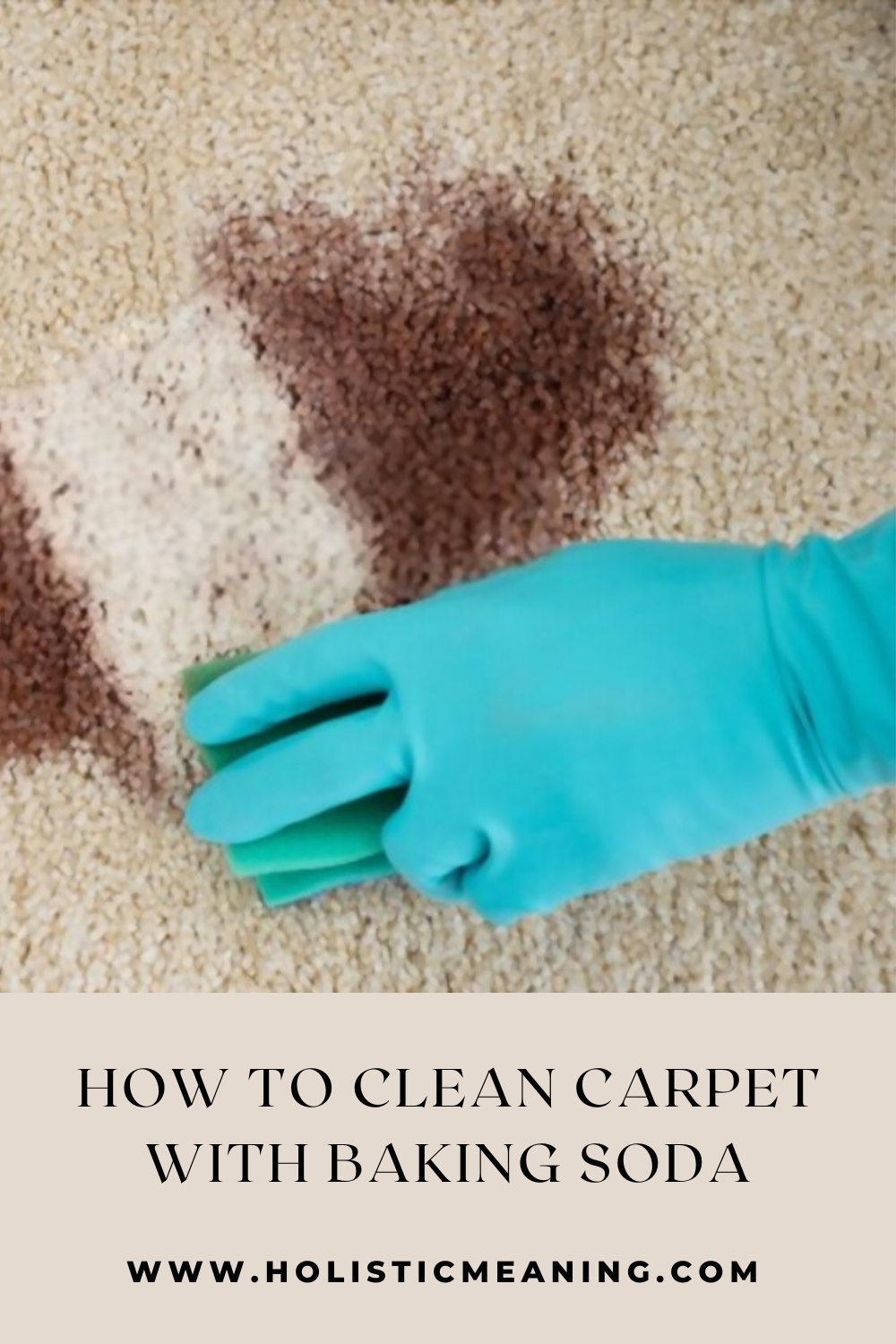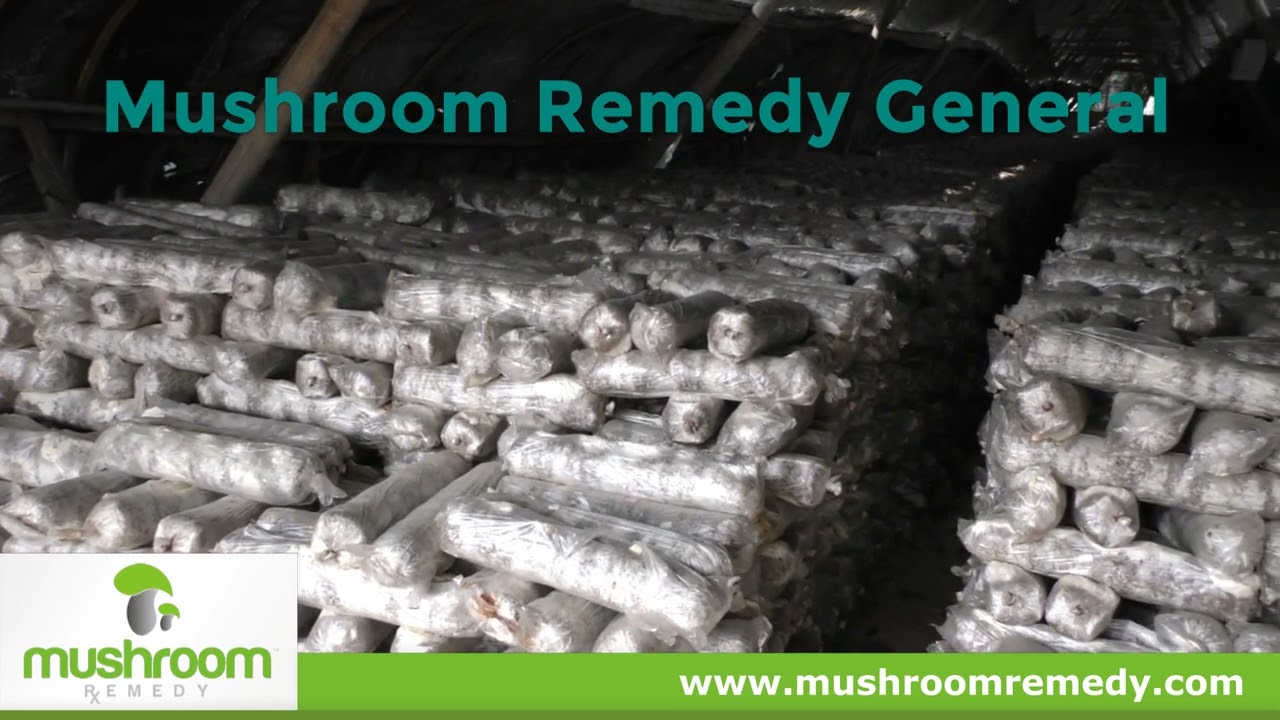Rather than investing in chemicals, expensive, polluting and which can cause allergies in swimmers, you can clean but also treat your pool without fear, especially if the water turns green. Let’s see how to clean the pool, correct the Alkalimetric Title (TAC) or even raise a too low Hydrogen potential (pH) just by using this white powder called sodium bicarbonate . But what exactly is baking soda?
What is commonly known as baking soda – it is more accurate to appoint sodium bicarbonate – is actually the sodium bicarbonate . To put it simply, it is a compound of the anion (negative ion) of hydrogen carbonate and the cation (positive ion) of sodium. It can, among other things, be obtained from brackish water that is treated, natural deposits of tronite (a rare mineral in Europe but frequent in certain desert areas) or even saline rocks.
Sodium bicarbonate comes in three types (officinal – we also say medicinal -, food and technical) which are differentiated by the degree of purity . Whatever its form, it is a product widely used for its availability , its very low purchase price but also for its safety . Depending on its category, it can be used for body care, maintenance of the house, the car, the garden, in the kitchen, etc. However, it should be noted that if the food type is suitable for all areas, the technical type should under no circumstances be used for food or even medicinal use.
To come back to the subject that occupies us here, it is with technical baking soda that you can treat your swimming pool. It is recommended to use food grade sodium bicarbonate to take care of your pool even if it is an organic pool.
Swimming pool maintenance: the advantages of sodium bicarbonate
Baking soda is very versatile . In any case, it is an excellent solution that can be used with confidence to clean your swimming pool but also to treat the water in the pool. Economical, non-polluting, easy to use, it is THE pool product to always have on hand.
Clean your pool with baking soda
The cleaning of the swimming pool must be carried out very regularly during the bathing season. Note that the more swimmers there are, the more frequently it must be cleaned.
Last update on 2021-04-16 / Affiliate links / Images from Amazon Product Advertising API
Regularly clean the bottom of the pool
To remove all algae and various debris and dirt, simply spread the white powder over the water line at the rate of 40 to 45 g of sodium bicarbonate per cubic meter of water . The bicarbonate must then be allowed time to dissolve, observing a waiting period of about twelve hours. At the end of it, all that remains is to vacuum manually or with the robot-swimming pool and then to launch a backwash (back-rinsing of the filter or backwashing). This step is very important because it allows you to take off and then remove all the sand that has accumulated in the filter.
Clean the synthetic swimming pool filter
Soaking the filter for about 7 to 9 hours in water containing sodium bicarbonate should be followed by thorough rinsing with clear water.
Treat pool water with baking soda
Cleaning your swimming pool is good, but you also need to treat the water so that it is healthy and clear.
Prevent the proliferation of algae and bacteria
When the outside temperature rises, baking soda is needed. When the pool is put back into service , that is to say following its wintering , we proceed exactly as we do to clean the bottom of the pool (see above).
Obtain an ideal pH
Nothing is more disagreeable than swimming pool water as green as the lawn. This greening is frequent in swimming pools where the water has a high acidity rate. It is assumed that the ideal pH for swimming pool water is 7.4 . If this Hydrogen potential is less than 6, the water turns green. It must therefore be softened (we also say alkalinize) but not too much since the pH must not exceed 8.
To do this, just pour sodium bicarbonate into the water. The result is quite spectacular because in a very short period of time, the water in the swimming pool changes from greenish to a very pleasant clarity. The approximate dosage is 1.5 to 2 kg of baking soda for a very large pool, 1 kg for a medium sized pool and 0.5 kg for a small pool.
Correct the TAC (Alkalimetric Title)
The level of mineral salts (calcium and potassium in particular) is indicated in different ways, namely in milligrams per liter of water (mg / L), in Part Per Million (ppm) or even in French degree (° f). When everything is normal, the TAC is plus or minus 120 mg / L which can also be written as 120 ppm and 12 ° f.
Many factors influence the TAC such as the temperature of the water, the mixing of the water obtained by waterfall type devices for example. Obviously, the products that are added to swimming pool water such as pH reducers and enhancers (hydrogen potential) also cause the TAC to vary. All these phenomena directly impact the characteristics of the water in the basin and consequently its Alkalimetric Title which can decrease or increase. It is therefore imperative to correct it.
The pH having a direct impact on the TAC, to know if it is necessary to rectify the Alkalimetric Title it is enough simply to measure the pH of the water . With a TAC lower than the standard, the pH is necessarily low and if the TAC is higher, the pH has also increased.
When the TAC is too low , it promotes pH instability. Lime deposits multiply and the water loses its clarity until it becomes extremely cloudy. Since sodium bicarbonate is an alkaline compound , it is perfect for correcting this type of problem. But Adding baking soda to the pool water to correct the APR is not done on a pifometer. The precision is required. To raise the TAC by a single French degree (1 ° f), add 16.3 g of sodium bicarbonate per M3 of water to the pool water .
This white powder is totally respectful of the environment. And in terms of health, it does not entail any risk of allergy. It is also perfectly suitable for people with atopic skin, whether they are children or adults. Moreover, sodium bicarbonate is strongly recommended by swimming pool specialists.



